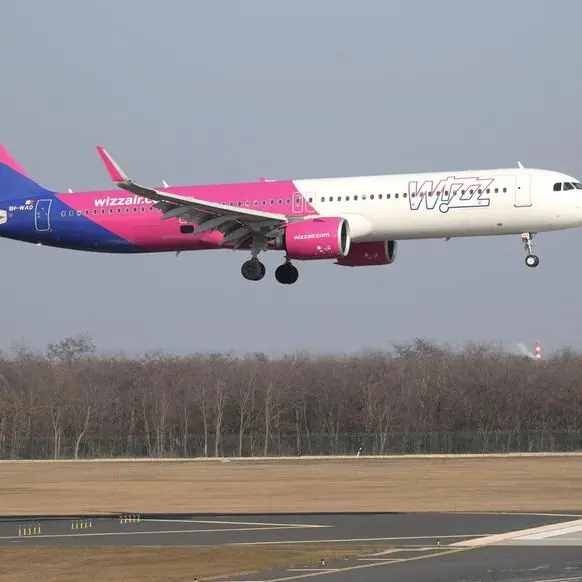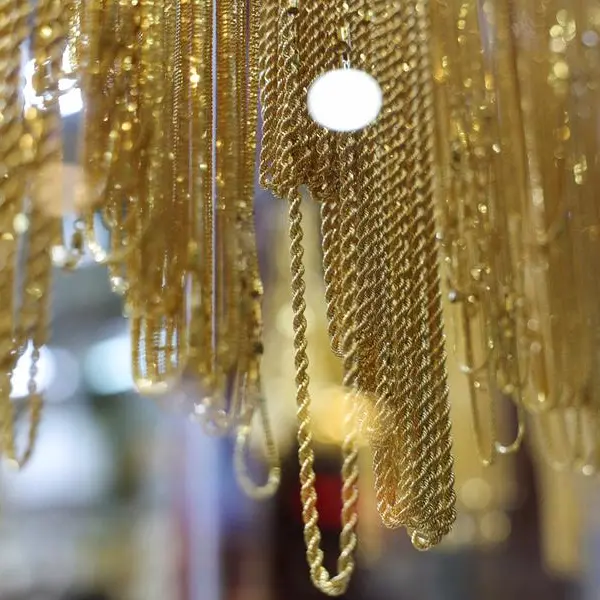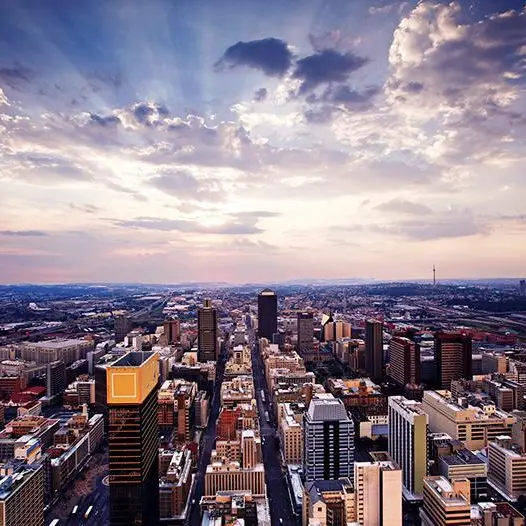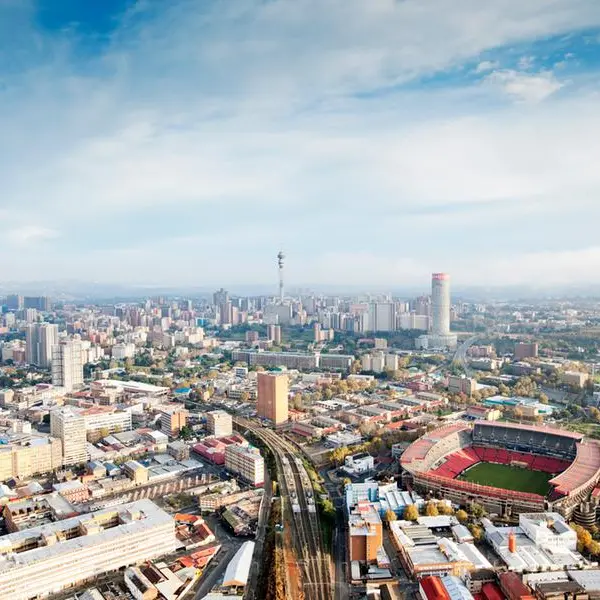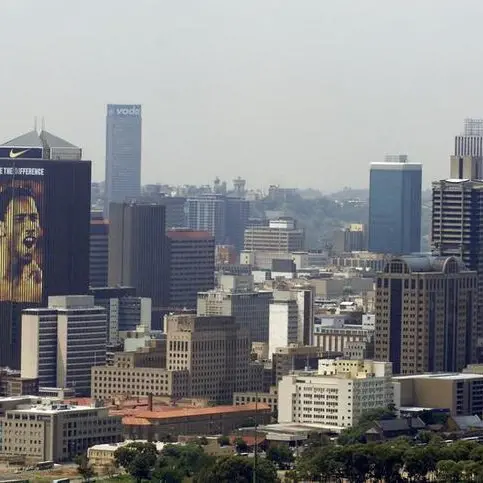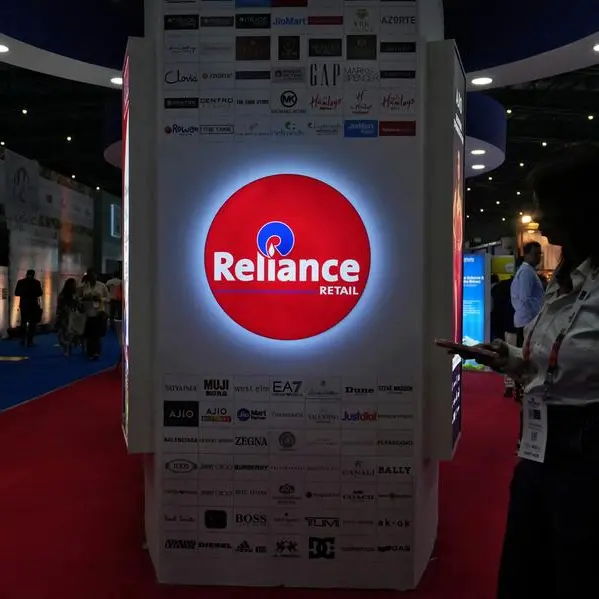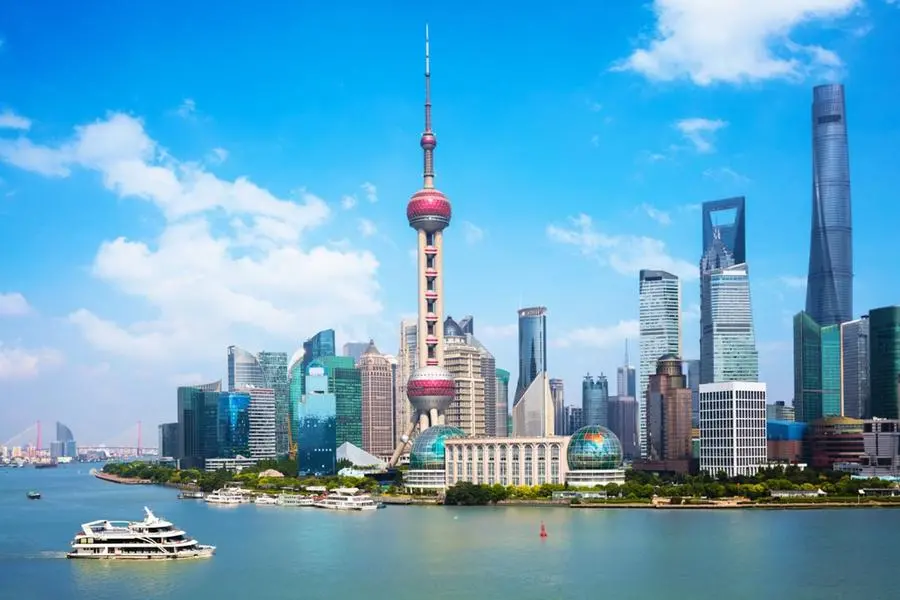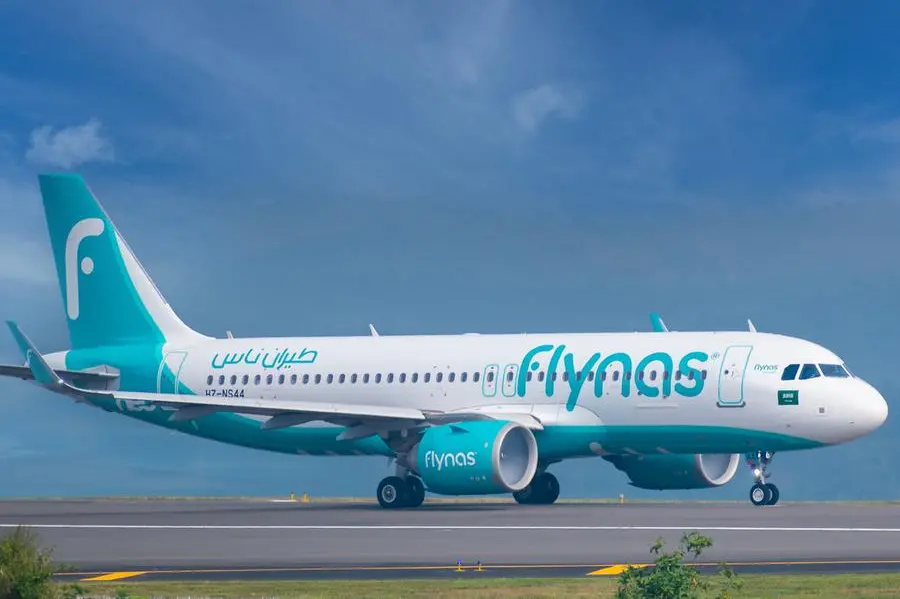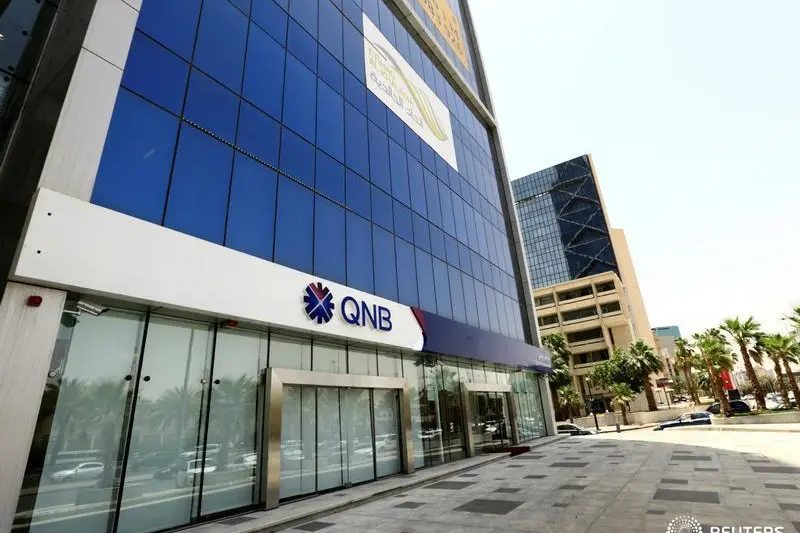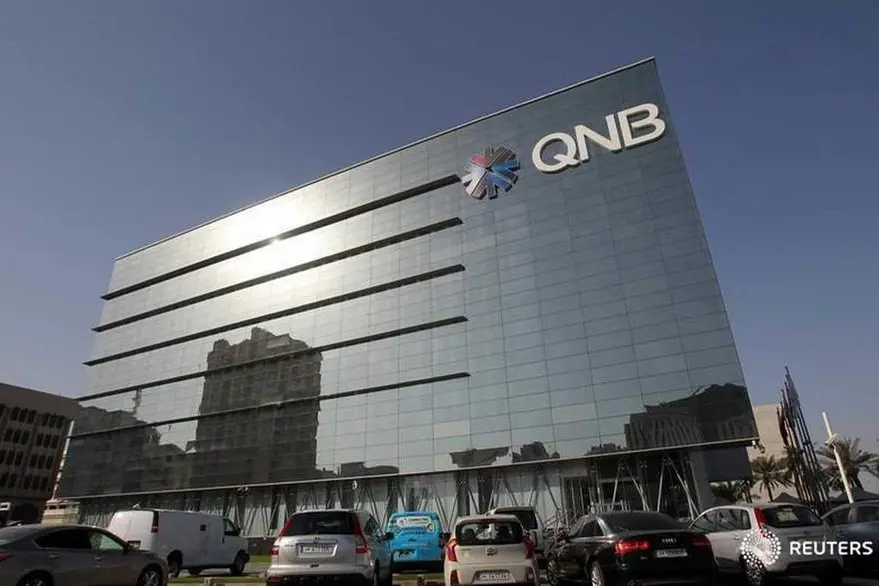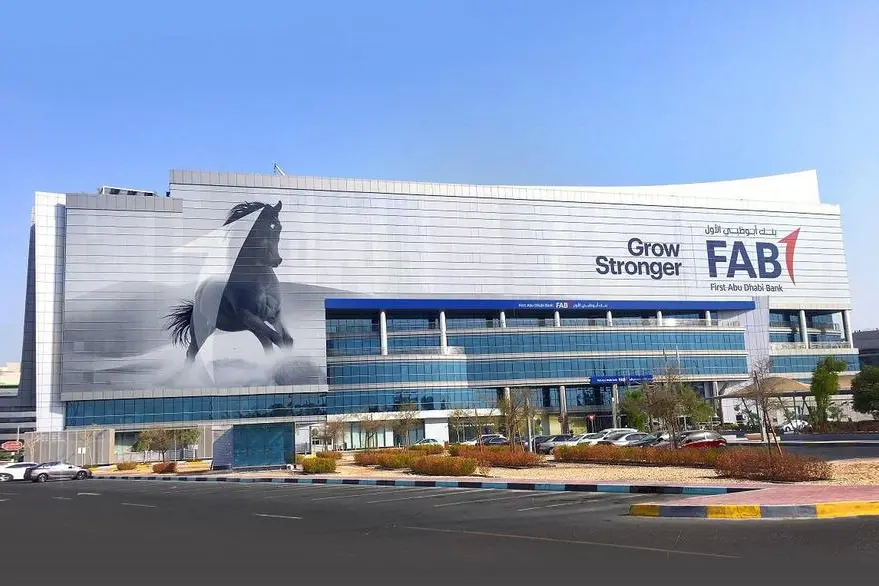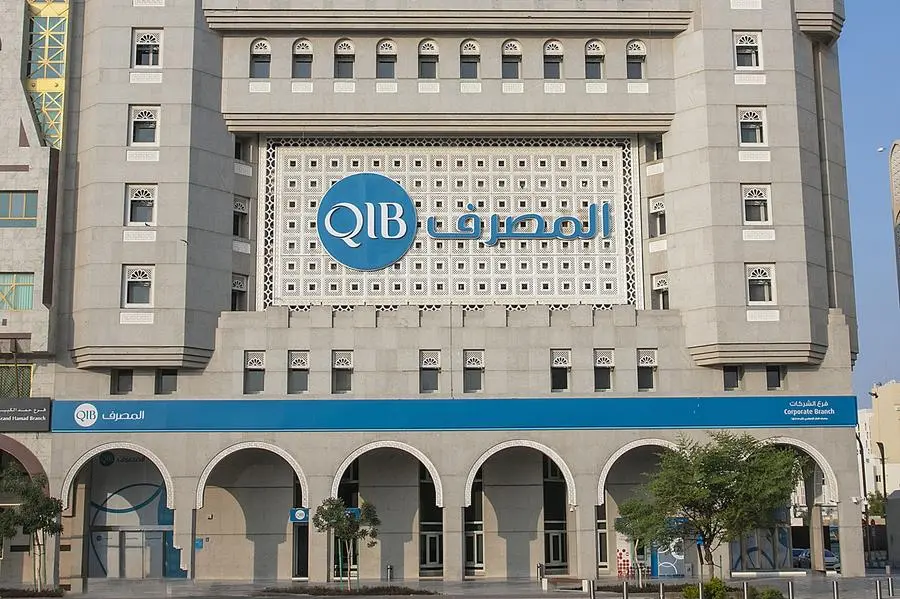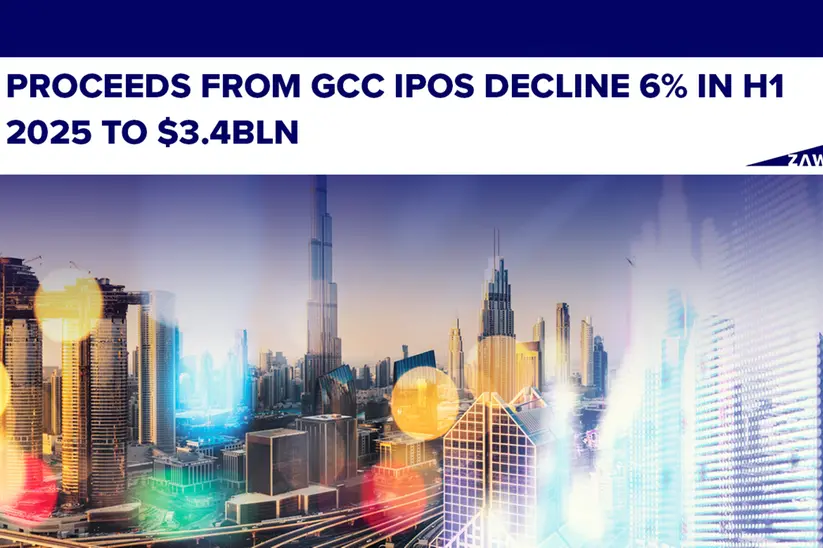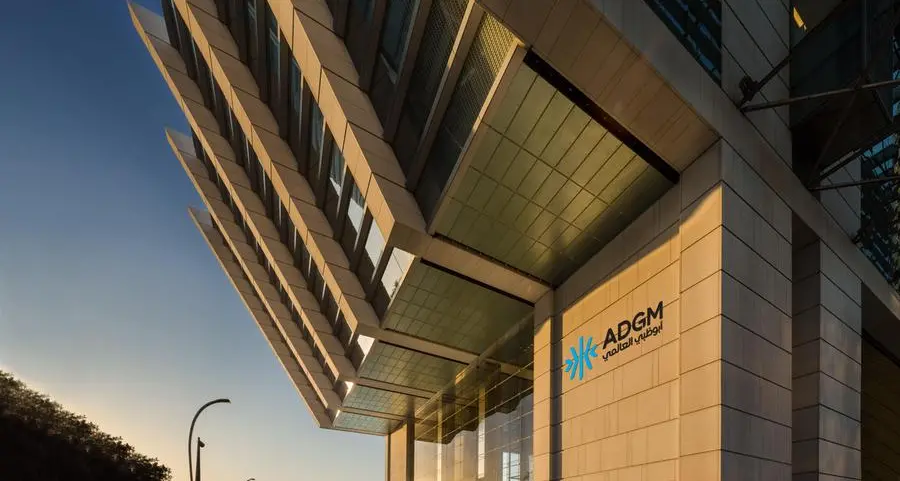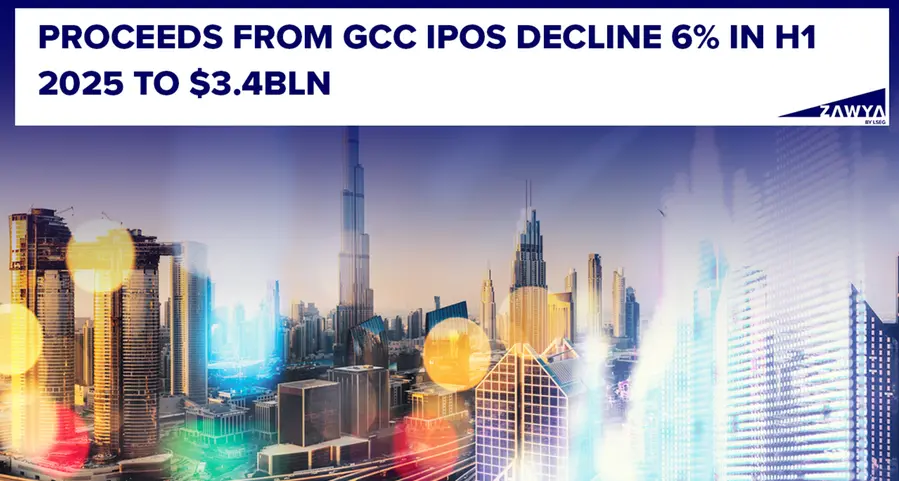02 June 2010
In Arab culture, shopping is serious business. Traditionally, souks are not just a place to trade goods but a centre where families socialise, business deals are struck, and world affairs are discussed over countless glasses of tea.
The enjoyment of this experience explains the success of the retail sector in Ras Al Khaimah (RAK). Shopping malls are not just collections of stores, but an important part of the social fabric of the emirate.
Therefore, it is no surprise that the April 15 grand opening of the Al Hamra Mall attracted many of the business and political elite. Billed as the biggest mall in the Northern Emirates, it is the latest offering in RAK's fast-expanding retail sector.
RAK's first modern shopping centre, Manar Mall, opened just 10 years ago. At first it had to offer incentives to attract tenants, according to Benoy Kurien, the mall's manager.
In recent years, however, the tides have turned. Profits in 2007 topped 70%, spurring tenants to ask for more space. There are plans to triple the size of the mall, from the current 45,000 sq metres to 130,000-152,000 sq metres over three floors.
Some might question this drive to expand in light of current economic circumstances. Construction in the UAE has slowed considerably in the face of rising supply, tight credit and stalling demand. The financial crisis drove average rental prices in RAK down by at least 7%.
More importantly, however, is the recent increase in supply of retail space in RAK. Manar Mall was more or less the only large mall back in 2007, with its nearest competitor being the Mall of the Emirates in Dubai. Over the last three years, the retail selection has grown exponentially, with the opening of the Safeer Mall in 2008 and the 38,000-sq-metre Al Hamra Mall's debut this April. Yet there is evidence that the market is in fact still undersupplied. Retail spending averages $2300 per person per year in RAK, according to Kurien, and has grown steadily at an annual rate of around 5-8%. Even the global financial crisis failed to put a significant dent in spending - while average sales fell approximately 8-10% overall spending remained robust.
This means that demand for retail space is still strong. For instance, 95% of retail space has been rented out at Al Hamra Mall, according to Ayoob Alfaraj, the general manager of Al Hamra Real Estate Development, which owns and operates the mall.
Retail-focused real estate is a notoriously tricky market, with a constellation of variables: consumer level discretionary spending, brands falling in and out of fashion, and fluctuating property values make nothing a sure bet. Even in affluent markets, there is a risk of oversupply if too many outlets offering similar products open at once.
Michael Kercheval, the president and chief executive of the International Council of Shopping Centres, has pointed out that Dubai, for example, has a staggering number of shopping centres devoted to high-end consumers. "There isn't going to be the need for anything new unless the tourism market picks up again," Kercheval told local press at a shopping centre conference in Dubai this May. He does not expect demand for new mega-malls for about five years.
However, more localised centres that create or enhance communities are expected to fare much better. Keeping in mind the traditionally multi-faceted nature of the shopping experience in Arab culture, a mall that doubles as a neighbourhood centre stands a better chance at cornering loyal clientele. Both the Al Hamra Mall, which sits inside the Al Hamra Village development, and Safeer Mall, in the local community area of Kharan, fit this description - a fact that, coupled with the steady rise in retail spending in RAK, should give pause to those who question their viability.
In Arab culture, shopping is serious business. Traditionally, souks are not just a place to trade goods but a centre where families socialise, business deals are struck, and world affairs are discussed over countless glasses of tea.
The enjoyment of this experience explains the success of the retail sector in Ras Al Khaimah (RAK). Shopping malls are not just collections of stores, but an important part of the social fabric of the emirate.
Therefore, it is no surprise that the April 15 grand opening of the Al Hamra Mall attracted many of the business and political elite. Billed as the biggest mall in the Northern Emirates, it is the latest offering in RAK's fast-expanding retail sector.
RAK's first modern shopping centre, Manar Mall, opened just 10 years ago. At first it had to offer incentives to attract tenants, according to Benoy Kurien, the mall's manager.
In recent years, however, the tides have turned. Profits in 2007 topped 70%, spurring tenants to ask for more space. There are plans to triple the size of the mall, from the current 45,000 sq metres to 130,000-152,000 sq metres over three floors.
Some might question this drive to expand in light of current economic circumstances. Construction in the UAE has slowed considerably in the face of rising supply, tight credit and stalling demand. The financial crisis drove average rental prices in RAK down by at least 7%.
More importantly, however, is the recent increase in supply of retail space in RAK. Manar Mall was more or less the only large mall back in 2007, with its nearest competitor being the Mall of the Emirates in Dubai. Over the last three years, the retail selection has grown exponentially, with the opening of the Safeer Mall in 2008 and the 38,000-sq-metre Al Hamra Mall's debut this April. Yet there is evidence that the market is in fact still undersupplied. Retail spending averages $2300 per person per year in RAK, according to Kurien, and has grown steadily at an annual rate of around 5-8%. Even the global financial crisis failed to put a significant dent in spending - while average sales fell approximately 8-10% overall spending remained robust.
This means that demand for retail space is still strong. For instance, 95% of retail space has been rented out at Al Hamra Mall, according to Ayoob Alfaraj, the general manager of Al Hamra Real Estate Development, which owns and operates the mall.
Retail-focused real estate is a notoriously tricky market, with a constellation of variables: consumer level discretionary spending, brands falling in and out of fashion, and fluctuating property values make nothing a sure bet. Even in affluent markets, there is a risk of oversupply if too many outlets offering similar products open at once.
Michael Kercheval, the president and chief executive of the International Council of Shopping Centres, has pointed out that Dubai, for example, has a staggering number of shopping centres devoted to high-end consumers. "There isn't going to be the need for anything new unless the tourism market picks up again," Kercheval told local press at a shopping centre conference in Dubai this May. He does not expect demand for new mega-malls for about five years.
However, more localised centres that create or enhance communities are expected to fare much better. Keeping in mind the traditionally multi-faceted nature of the shopping experience in Arab culture, a mall that doubles as a neighbourhood centre stands a better chance at cornering loyal clientele. Both the Al Hamra Mall, which sits inside the Al Hamra Village development, and Safeer Mall, in the local community area of Kharan, fit this description - a fact that, coupled with the steady rise in retail spending in RAK, should give pause to those who question their viability.
© Oxford Business Group 2010
